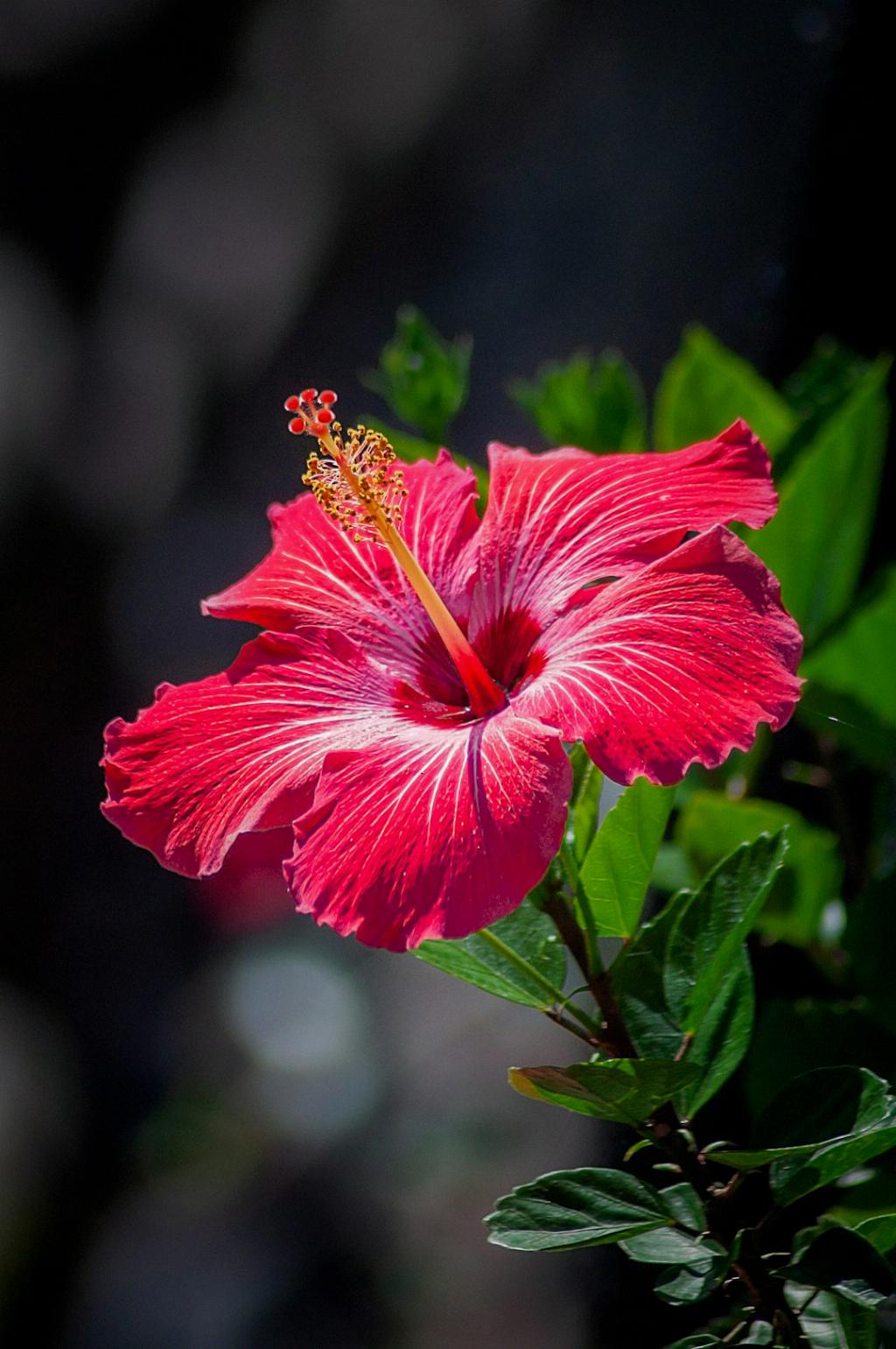Trimming a hibiscus bush is essential to maintain its health and promote growth. Pruning helps shape the plant, encourages blooming, and removes dead or overgrown branches. Properly trimming your hibiscus will ensure that it thrives and looks its best in your garden.
1. Timing is Key
The best time to trim a hibiscus bush is in early spring, just before the growing season begins. This allows the plant to recover quickly and start producing new growth. However, minor pruning can be done throughout the spring and summer to shape the plant as needed.
2. Tools of the Trade
Before you start trimming your hibiscus, make sure you have the right tools on hand. Sharp pruning shears are essential to make clean cuts without damaging the plant. You may also need loppers for thicker branches and gloves to protect your hands.
3. Assess the Plant
Take a close look at your hibiscus bush before you begin pruning. Identify any dead, diseased, or crossing branches that need to be removed. Look for branches that are growing inward or toward the center of the plant, as these can block sunlight and airflow.
4. Make Strategic Cuts
When making cuts, aim to trim branches that are facing outward and cut above a node. This encourages new growth and helps maintain the plant’s shape. Avoid cutting too close to the main stem, as this can cause damage and slow down the plant’s recovery.
5. Pruning Styles
There are different pruning styles that can be used for hibiscus bushes, depending on the desired outcome. For a more compact plant, make shorter cuts to encourage dense growth. To create a more open and airy bush, remove larger branches to allow light and air to penetrate.
6. Corrective Cutting
If your hibiscus bush has become overgrown or misshapen, don’t be afraid to make more drastic cuts to correct the problem. While it may seem drastic, your plant will thank you for removing excess growth and allowing it to focus its energy on producing new buds.
7. Fertilize and Water
After trimming your hibiscus bush, give it a boost by fertilizing with a balanced fertilizer to encourage new growth. Water the plant thoroughly to help it recover from the stress of pruning. Regular watering and fertilizing will keep your hibiscus healthy and blooming.
8. Monitor Growth
Keep an eye on your hibiscus bush after trimming to ensure that it is responding well to the pruning. Look for new growth and budding flowers as signs that the plant is healthy and thriving. If you notice any issues, such as wilting or yellowing leaves, take action promptly.
9. Pruning for Blooms
To encourage your hibiscus bush to produce more blooms, focus on removing spent flowers and pruning back leggy growth. This will redirect the plant’s energy into producing new buds and ensuring a continuous display of vibrant flowers throughout the season.
10. Final Touches
Once you have finished trimming your hibiscus bush, step back and admire your work. Your plant should look tidy, healthy, and ready to thrive. With regular pruning and care, your hibiscus will continue to dazzle with its beautiful blooms year after year.

